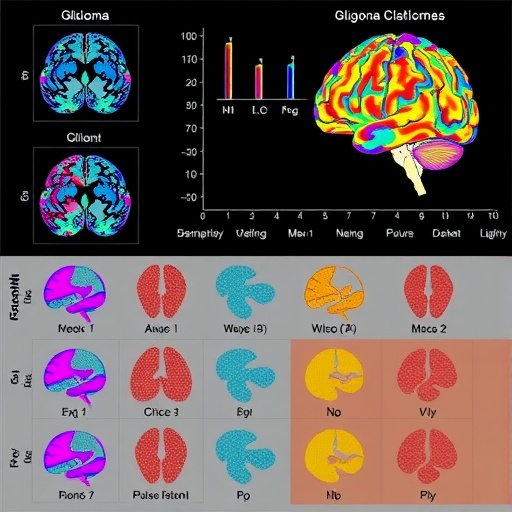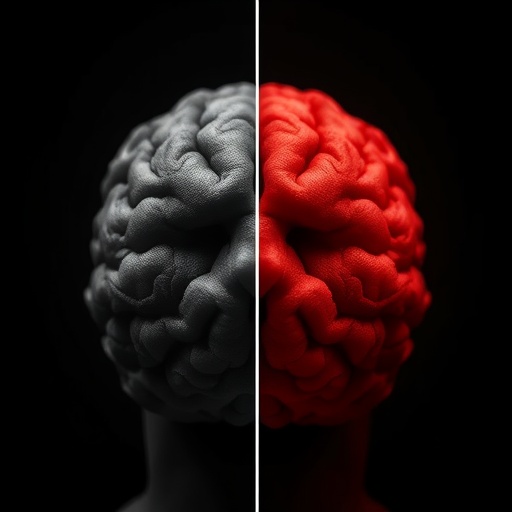
Credit: Johan Wingborg
When proteins in the brain form deposits consisting of insoluble aggregates, diseases such as Alzheimer’s or Parkinson’s can occur. Now a research team has come a step closer to understanding this process.
In Parkinson’s disease the alpha-synuclein (α-synuclein) protein forms aggregates leading to impaired brain function and the development of the disease.
Now researchers at the University of Gothenburg and universities in Basel and Zurich have published a new study in Nature that demonstrates how a certain class of proteins can regulate and prevent α-synuclein from forming protein deposits and insoluble aggregates within healthy cells.
“In each cell there are auxiliary proteins called molecular chaperones. They take care of newly made proteins to help them in the process of protein folding and prevent misfolding or unfolding,” says Björn Burmann, assistant professor at the Department of Chemistry and Molecular Biology at the University of Gothenburg.
A breakthrough in research
Protein folding describes the process by which a protein takes on its specific three-dimensional shape, enabling the protein to fulfil its function.
Countless proteins in mammalian cells do not have a stable protein fold, despite the important functions they serve in the cells. One of these proteins is α-synuclein. In the new study, the research team could now reveal the basic process that affects how the α-synuclein protein is folded and aggregated as well as how molecular chaperones in living mammalian cells can prevent the misfolding of α-synuclein.
“A large pool of various chaperones prevents α-synuclein from forming protein aggregates in healthy cells. By studying the protein directly in mammalian cells, we have found that inhibition of chaperones leads to aggregation of α-synuclein at the amino acid level.”
Disruption of the α-synuclein-chaperone interaction may be the long-sought first step that initiates the development of a-synuclein-related diseases, according to Björn Burmann and his research colleagues.
###
The research study was led by Dr. Björn Burmann, Professor Sebastian Hiller from the Biozentrum at the University of Basel, and Professor Roland Riek at the Swiss Federal Institute of Technology (ETH) in Zurich.
Contact: Björn Marcus Burmann, assistant professor at the Department of Chemistry and Molecular Biology and the Wallenberg Centre for Molecular and Translational Medicine at the University of Gothenburg. Mobile: +46 701 485 528, eE-mail: [email protected]
Title: Regulation of α-synuclein by chaperones in mammalian cells
Digital publication: https:/
Media Contact
Björn Marcus Burmann
[email protected]
46-701-485-528
Original Source
https:/
Related Journal Article
http://dx.




